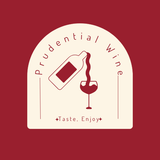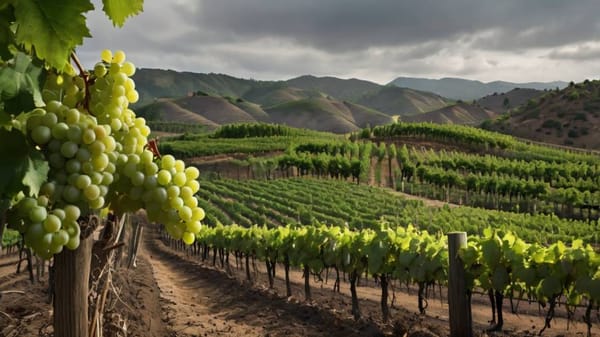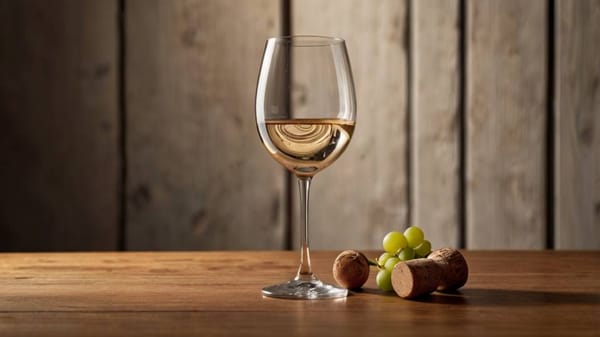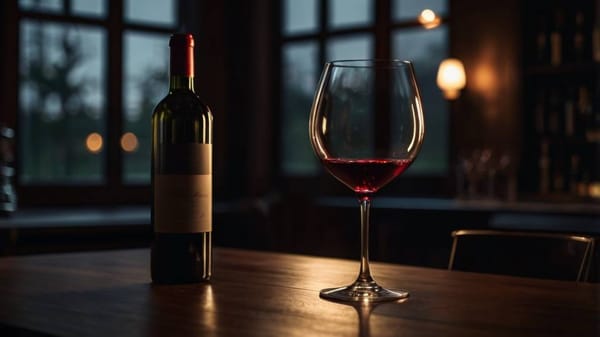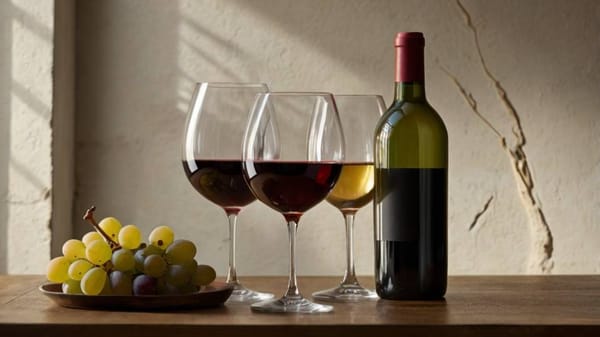There’s No “Right” Way to Taste Wine
Forget the rules. Learn how to taste wine with confidence, curiosity, and clarity—on your terms, not someone else’s.
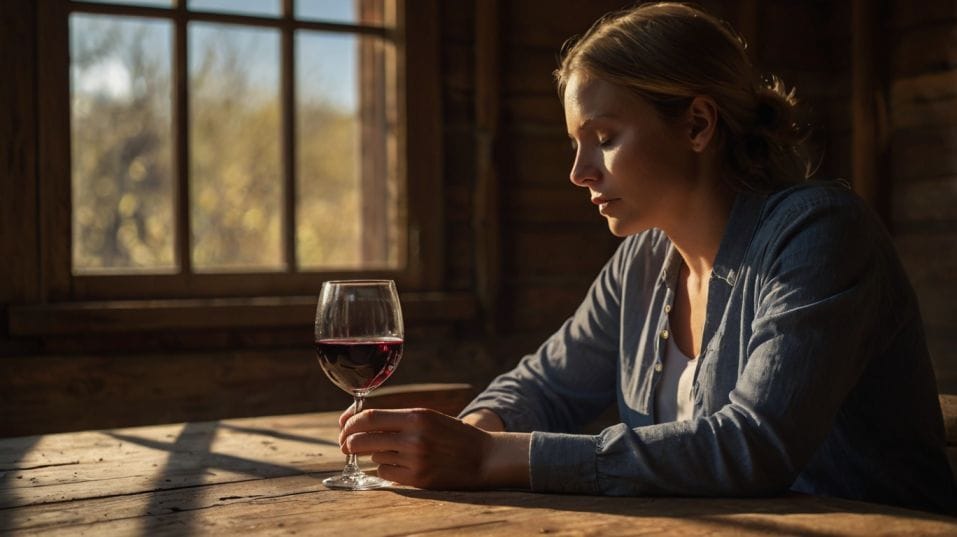
What if tasting wine wasn’t about knowing the rules—but breaking them? You don’t need fancy vocabulary or a perfect swirl to enjoy wine deeply.
What matters is attention. Curiosity. Learning to notice what’s in the glass and how it makes you feel. Tasting isn’t about being “right”—it’s about being present.
When you stop performing and start observing, wine opens up. It becomes personal. And way more fun.
Tasting Is a Skill, Not a Script
Start by letting go of the pressure to sound like a sommelier. Professional tasting notes can be helpful, but they can also be alienating—especially when you're told to find “violet pastille” or “graphite minerality” in a glass of red.
If you're not picking up on any of that, it doesn't mean you're wrong. It just means you’re noticing something else. And that’s exactly the point.
When you taste wine, the most valuable tool you have is your own attention. How does the wine smell before you sip? What hits you first—fruit, herbs, something earthy or savory? Is the finish crisp and short, or does it stretch and evolve?
Instead of trying to force a label on every sensation, stay grounded in observation. Is the wine soft or sharp? Round or lean? Bright or muted? These aren’t “correct” answers—they're descriptions that help you remember and compare.
Over time, your brain builds a memory bank of tastes, textures, and patterns. That’s how you build a palate. Not by memorizing facts, but by recognizing feelings.
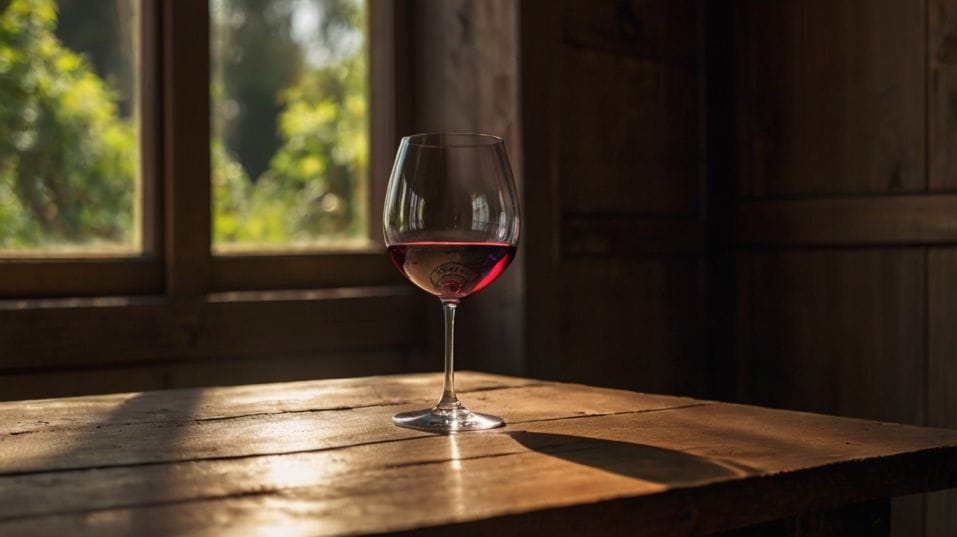
Aroma: Personal, Not Prescriptive
Smelling wine is where the whole experience often clicks into place—but it’s also where many beginners start to second-guess themselves. You swirl, you sniff, and… you smell wine. That’s normal.
The more you practice, the more aromas start to emerge. It’s less about having a brilliant nose and more about connecting those smells to your own memory.
What does it remind you of? Not what should it smell like—but what does it actually bring up? Maybe it's green apple skin.
Maybe it's black tea, dried leaves, or the inside of your grandmother’s spice drawer. It doesn’t have to be pretty or poetic. It just has to be honest.
As you taste more, your mental library grows. You’ll start to recognize the lift of citrus zest in a white Burgundy or the smoky whisper of oak in a Rioja.
But you’re not aiming to describe wine perfectly—you’re aiming to understand what makes one wine different from another, and why you might prefer it.
Texture Is the Underrated Game-Changer
A lot of beginner wine talk focuses on flavor, but texture is where things get interesting. The mouthfeel of a wine—how it moves, lingers, or disappears—is often what separates “fine” from unforgettable.
Some wines are light and piercing, others are dense and plush. Tannin gives red wines grip and edge, while acidity gives both reds and whites freshness and shape.
Alcohol adds warmth. Sugar softens or lifts. You don’t need to name all these elements—just notice what they do.
Does the wine dry out your gums? That’s tannin. Does it make your mouth water? That’s acidity. Does it feel weightless or heavy on the tongue? That’s body.
Understanding texture isn’t about finding the perfect vocabulary—it’s about being able to compare one wine to another and feel the difference.
Context Matters—But It Doesn’t Control You
Sure, wine can be technical. But the context in which you taste matters just as much. The same wine can taste different depending on what you’re eating, the temperature of the bottle, the shape of the glass, or even your mood.
That’s not a flaw—it’s part of the experience. Wine isn’t static. It changes. A bottle can open up with air, evolve with time, or show differently depending on the pour.
That’s why it’s worth revisiting the same wine more than once. You might be surprised by what you missed the first time—or how your preferences shift as you gain more experience.
At the same time, don’t overthink the setting. You don’t need a special glass or perfect lighting to taste well. You just need focus and intention. Take a moment before the first sip. Think about what you’re noticing. Then, see how it changes.
Exploration Teaches More Than Information
You don’t need to chase the most expensive wines or follow trendy regions to expand your palate. What makes the biggest difference is variety. Taste wines from different places, grapes, and styles. Not to show off—just to understand contrast.
A dry Riesling from Germany will taste wildly different from a dry Riesling from Australia. A cool-climate Pinot Noir is a different creature than one grown in a sun-drenched valley.
Exploring these differences makes your sense of taste more flexible, more refined, and ultimately more confident.
Taste Without Labels
Blind tasting—where you don’t know what’s in the glass—is another powerful learning tool.
Even if you’re just pouring two unlabeled wines at home and comparing them side by side, the exercise forces you to rely on your senses, not the label.
You’ll get better at detecting subtle qualities, identifying structure, and learning what you truly enjoy.
Building Confidence Over Time
The more you taste, the more your preferences will evolve. What once felt harsh might now seem vibrant. A wine that tasted “flat” might reveal subtlety and restraint with experience. That’s growth.
But don’t rush it. Building wine confidence doesn’t mean having all the answers—it means knowing what to pay attention to, asking better questions, and not being thrown off by other people’s opinions.
You don’t need to love what someone else calls “balanced,” or crave what’s considered “classic.” You just need to stay engaged.
There’s no single path, no perfect palate, no final exam. Just practice, pattern recognition, and pleasure.
Final Thoughts
Wine tasting isn’t about being right—it’s about being awake. Paying attention to scent, texture, and flavor teaches you more than any tasting note ever will.
Let go of the need to sound expert. Instead, get curious. Taste widely. Taste slowly. Taste again. Next time you pour a glass, don’t just sip—listen. Think about what’s changing in the wine, and what’s changing in you as you taste it.
Try something unfamiliar. Return to a bottle you once dismissed. Open two wines and compare them without overthinking it.
The best way to learn is to keep tasting—and to keep noticing more. That’s how wine becomes not just something you drink, but something you know.
